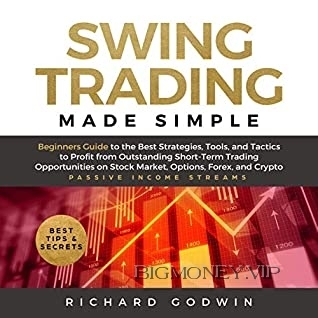Swing Trading Made Simple: Beginners Guide to the Best Strategies, Tools and Tactics to Profit from Outstanding Short-Term Trading Opportunities on Stock Market, Options, Forex, and Crypto by Richard Godwin

Chapter 1: An Overview of the
Investment World
In this chapter, we’re going to examine the world of
investing briefly. We’ll quickly discuss what types of
investments are available, and the different methods used
to manage investments, which include everything from
simply putting your money into a mutual fund, all the way to
being an active day trader moving tens of thousands of
dollars per day. Once we establish the general context, then
you’ll have a solid understanding of where swing trading fits
in.
Where Did Modern Finance Come From?
The history of financial markets begins with the concept of
debt. Borrowing has been regulated since ancient times.
Indeed, the first recorded instance of interest rates dates to
1800 BC, when a civilization in the Middle East known as the
Hammurabi began regulating loans. At the time, people
often borrowed money in order to purchase grain. People
were already charging interest rates, but at this time, the
authorities stepped in and imposed a limit on the interest
rate that could be charged. They set the rate at 33 1/3
percent. This simple development illustrates that by 1800
BC, mathematical finance was already coming into
existence. Various budding civilizations already had the
concept of principal, the amount of money borrowed, and
interest to be added on when the principal was paid back.
This basic form of debt and repayment of loans continues to
survive to the modern day.
Fast forward to the Roman Empire, and the notion of selling
and trading shares was born. The Romans often used
private contractors to perform government services,
including tax collection. The operators of these services
used a modern technique of raising capital – they sold
shares in the operation to the public. No doubt in those
days, only elites could afford to buy such shares, but as
soon as they become available, people began to trade the
shares themselves. This raises an interesting point. Stock
and trading markets are often viewed as a form of
“capitalism,” but ancient Rome certainly wasn’t a capitalist
society in the modern sense of the word. It seems that




